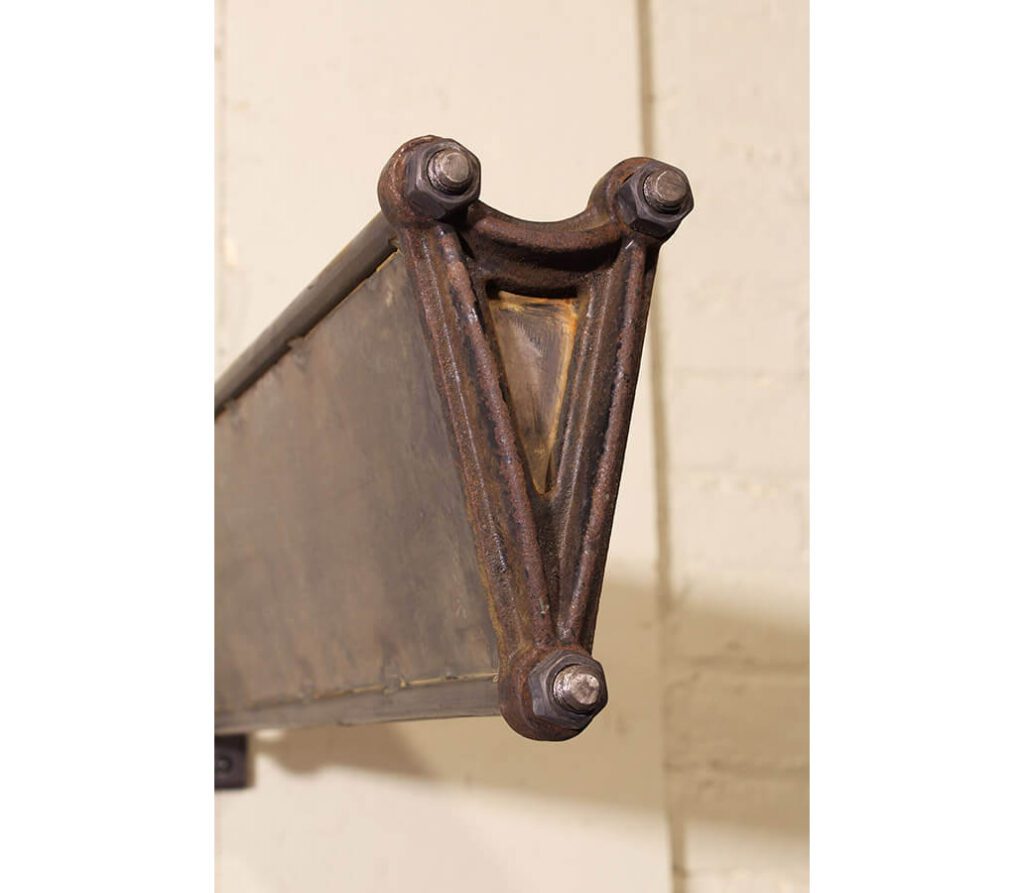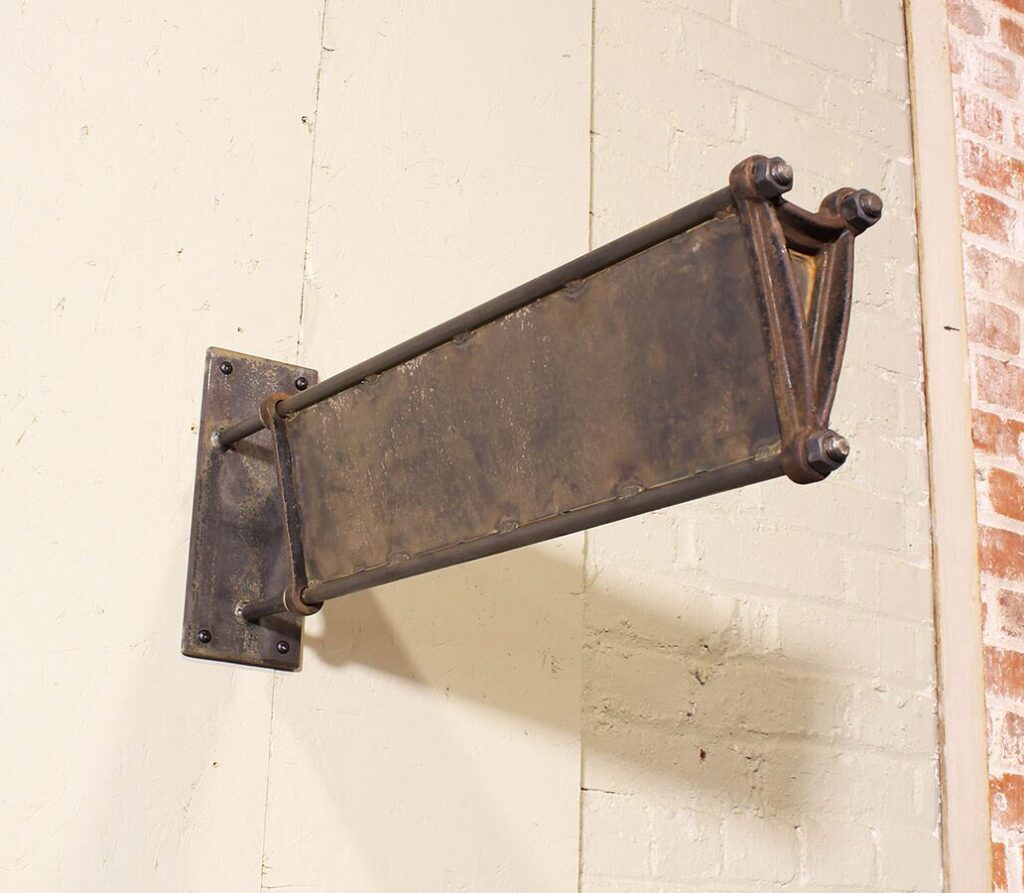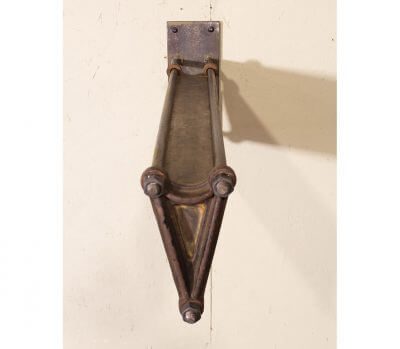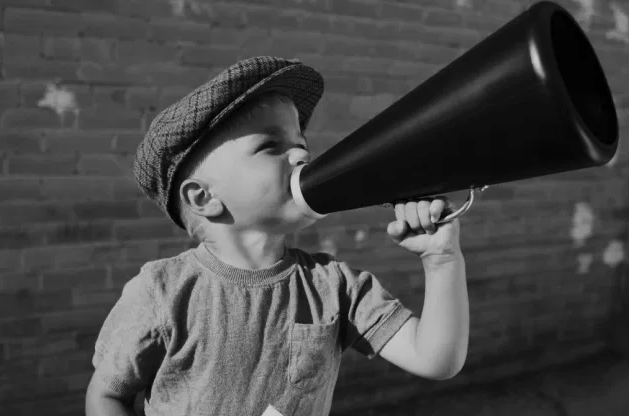
Blade signs—also known as projecting signs or flag-mount signs—are a great solution where facade space is at a premium. They typically mount directly to the building, perpendicular to walkways and streets. These signs are the perfect way to attract foot traffic into your establishment.
Around the time of the Renaissance, when urban centers with commercial business districts became more densely populated, blade signs began to appear frequently. Competition for customers increased and retail-shop owners began installing larger and lower hanging signs which no doubt was also marked the beginning of codes and ordinances for signage.
Before the mid-19th century, storefronts did not have the large display windows we are now so accustomed to, but often included features such as awnings and bay windows to attract the attention of passersby. Display windows came to prominence once architectural cast iron became ubiquitous and glass manufacturers began producing large panes at relatively low cost.
Blade signs are as important today as they were then. Take note next time you are in shopping area—retailers often include a blade sign in addition to elaborate window displays and other signage. Signs need to be in the visual path of consumers in order to be noticed. Without a perpendicular sign, a customer could walk right past a store without even noticing.
The Deco Blade Sign pictured here by Get Back Inc is truly original and will stand out in the crowd. Marked by the use of bold geometric forms and industrial materials, Art Deco of the early-20th century influenced the design of buildings, furniture, jewelry, fashion, cars, movie theatres, trains, ocean liners, and everyday objects such as radios and vacuum cleaners. Our sign is a combination of steel and cast iron in a distinctive triangular design. Click here to order your own.
